Bulbs
Flower Basics
Flower Beds & Specialty Gardens
Flower Garden
Garden Furniture
Garden Gnomes
Garden Seeds
Garden Sheds
Garden Statues
Garden Tools & Supplies
Gardening Basics
Green & Organic
Groundcovers & Vines
Growing Annuals
Growing Basil
Growing Beans
Growing Berries
Growing Blueberries
Growing Cactus
Growing Corn
Growing Cotton
Growing Edibles
Growing Flowers
Growing Garlic
Growing Grapes
Growing Grass
Growing Herbs
Growing Jasmine
Growing Mint
Growing Mushrooms
Orchids
Growing Peanuts
Growing Perennials
Growing Plants
Growing Rosemary
Growing Roses
Growing Strawberries
Growing Sunflowers
Growing Thyme
Growing Tomatoes
Growing Tulips
Growing Vegetables
Herb Basics
Herb Garden
Indoor Growing
Landscaping Basics
Landscaping Patios
Landscaping Plants
Landscaping Shrubs
Landscaping Trees
Landscaping Walks & Pathways
Lawn Basics
Lawn Maintenance
Lawn Mowers
Lawn Ornaments
Lawn Planting
Lawn Tools
Outdoor Growing
Overall Landscape Planning
Pests, Weeds & Problems
Plant Basics
Rock Garden
Rose Garden
Shrubs
Soil
Specialty Gardens
Trees
Vegetable Garden
Yard Maintenance
How to Care for a Basil Plant
How to Care for a Basil Plant. Basil is one of the easiest herbs to grow, whether in a pot or in the ground. The care for exotic varieties such as Thai, cinnamon, holy, purple, lemon or even spicy globe basil is the same. The mature size of each type of basil will vary, but most varieties will grow to 18 to 24 inches by the end of the season.
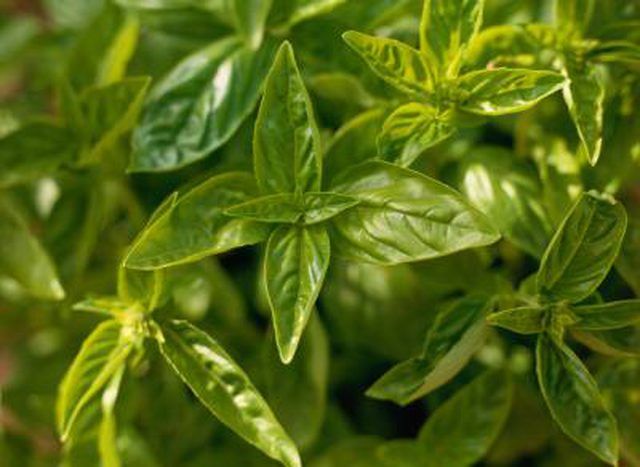
Basil is one of the easiest herbs to grow, whether in a pot or in the ground. The care for exotic varieties such as Thai, cinnamon, holy, purple, lemon or even spicy globe basil is the same. The mature size of each type of basil will vary, but most varieties will grow to 18 to 24 inches by the end of the season.
Things You'll Need
Basil Plant
Water
Insecticidal Soap (optional)
Keep your basil plant in a sunny spot in your garden. Move it inside to a sunny windowsill when the temperature gets below 40 degrees Fahrenheit.
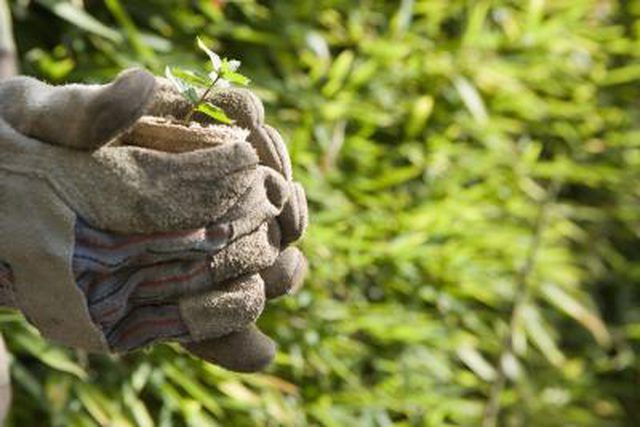
Water regularly, but do not allow the soil to remain saturated. Repot or transplant if the soil is not well-draining.
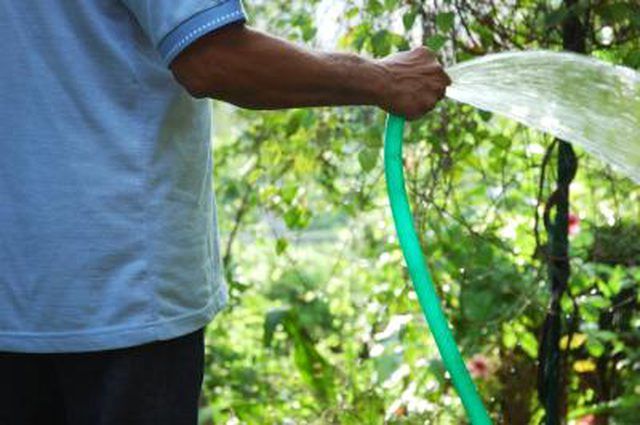
Fertilize 1 to 2 times a month with a liquid plant fertilizer. Any well-balanced fertilizer will do, but avoid those designed to increase blooming.
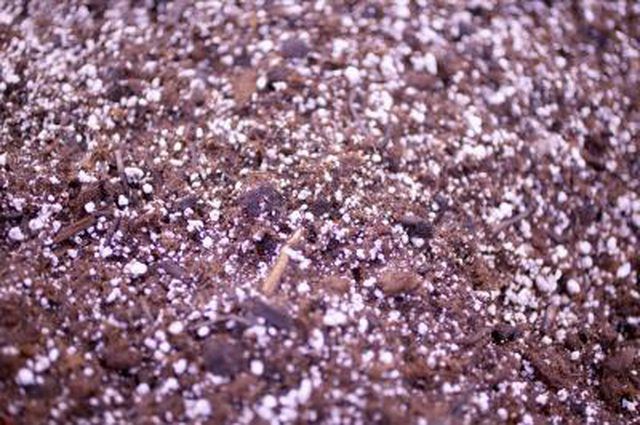
Trim often by pinching center leaves. This will not only give you a tasty addition to your recipes, but it will also help your plant to stay productive longer.
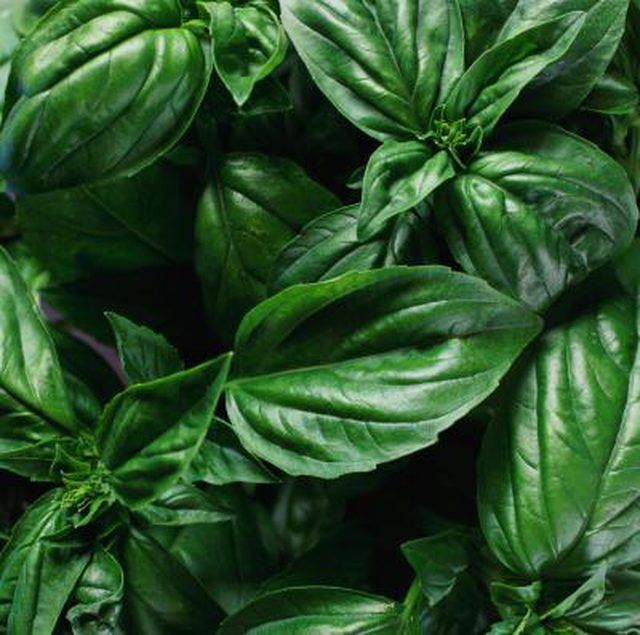
Remove any flower stalks. Once basil starts to bloom it will put all of its energy into flowering instead of growing leaves.
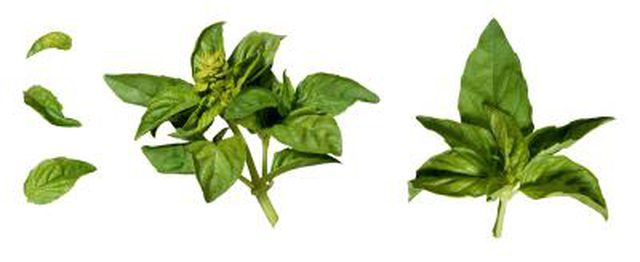
Remove aphids with insecticidal soap, manually or with a blast of water.
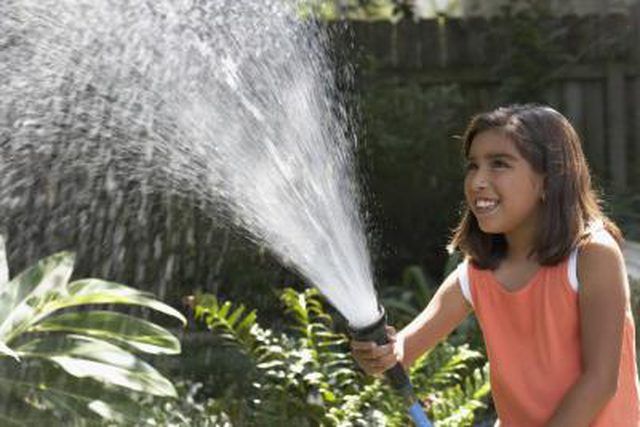
Water when the soil is dry. Basil, like many herbs, prefers conditions on the dry side.
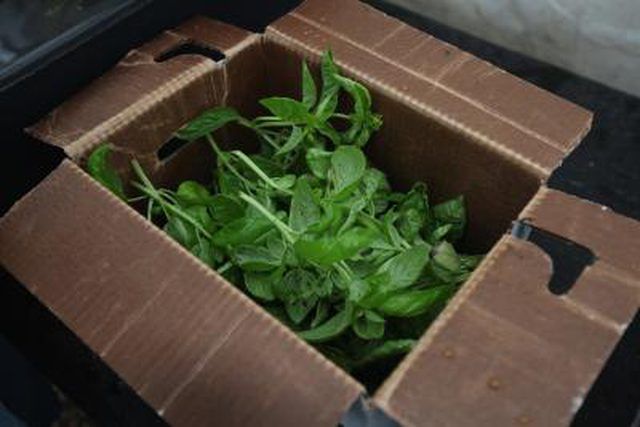
Tips & Warnings
Extra basil can be preserved by making it into pesto and then freezing it.